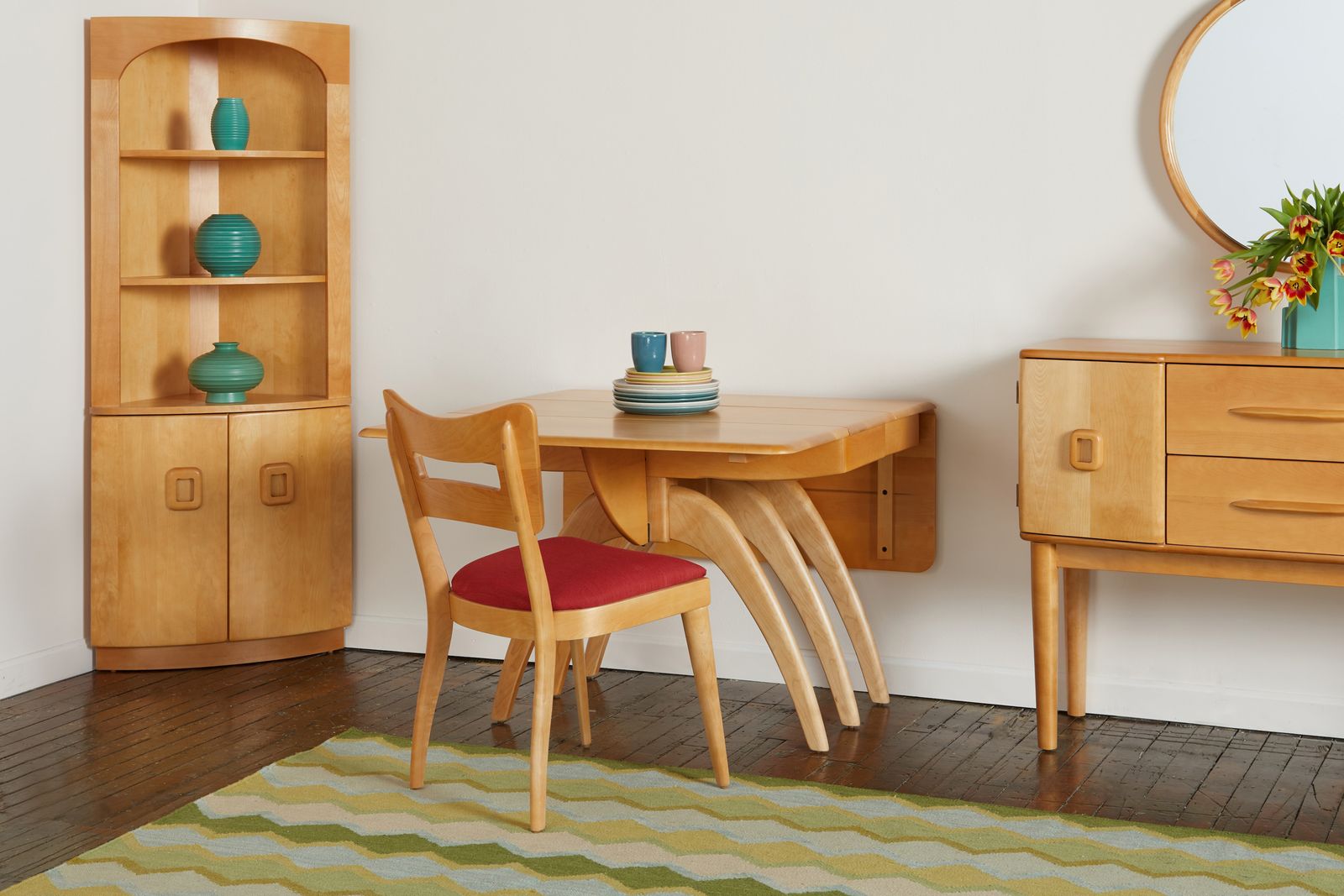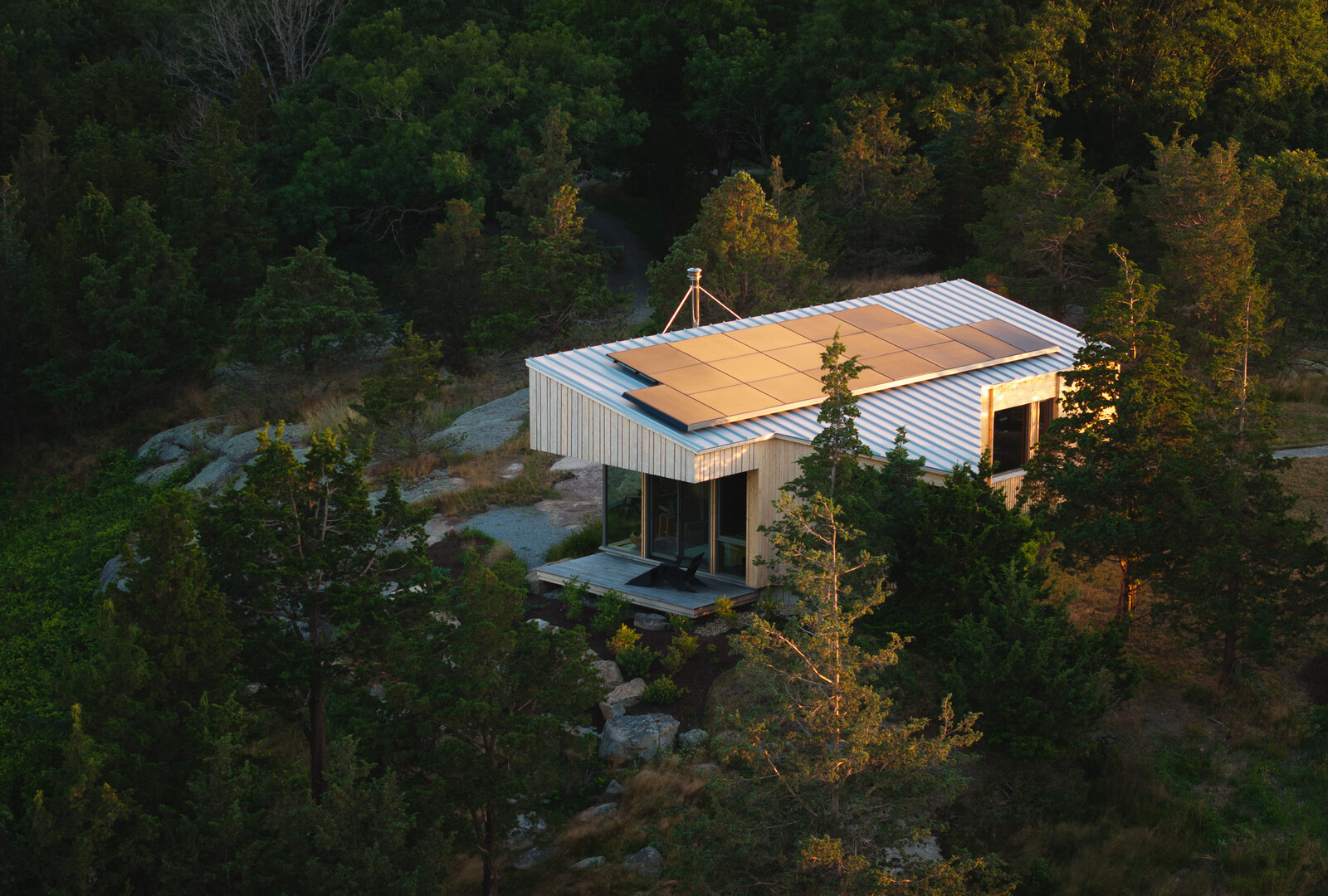“I probably have enough to refinish till the day I die.”
Spend enough time shopping used midcentury-modern furniture on Facebook Marketplace or Craigslist and soon enough you’ll encounter pieces from Heywood-Wakefield. The circa-1890s American furniture company, which had its heyday in the 1930s through ’50s, isn’t the most well-known name from the midcentury era, but for its active base of dedicated collectors, it can have a near addictive quality.
On Facebook, several dedicated groups including “Heywood Wakefield Fanatic Collectors,” “Heywood Wakefield BST,” and “Heywood Wakefield Furniture“—with 2,60o; 1,800; and 11,500 members, respectively, at the time of writing—provide online spaces for thousands of superfans to congregate and discuss the furniture: how to find it, how to refinish it, and how to live with it. Though some members have purely transactional relationships to the online forums—joining only to find someone to buy a piece they’re offloading—many engage daily with the groups, sharing intel about the identity of a specific furnishing, tips on how to refinish, or photos of their own Heywood-Wakefield–filled living spaces. “There’s about a third of us who are out there and encourage each other and enjoy looking at the transformation process,” says Joe Girard, a member of the Heywood-Wakefield Facebook groups who’s earned the “Group Expert” and “All Star Contributor” badges; the first a designation from group admins marking a trusted source of information for other users, the other awarded by the platform to highly active participants.
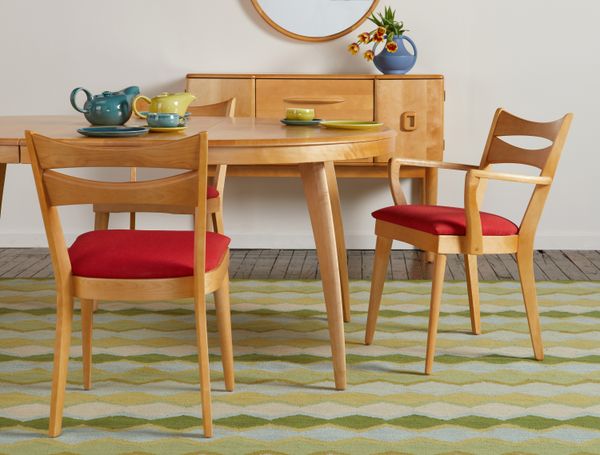
In 1897, two prominent furniture companies, Heywood Brothers and Wakefield Company, merged to create Heywood Brothers & Wakefield Company. The name was shortened to Heywood-Wakefield in 1921.
Courtesy Heywood-Wakefield
Though Heywood-Wakefield produced furniture in a myriad of styles before it went bankrupt in the late ’70s, the company’s name is most associated with the solid wood pieces from its mid-2oth-century prime. Designer Gilbert Rohde, who would later help modernize Herman Miller, marked a turning point for Heywood-Wakefield with the Rohde Contemporary Furniture line in 1931. The collection had curvaceous Art Deco-inspired details and modular options that strayed from the traditional and colonial-style pieces the company produced prior (which hold little value on the resale market and haven’t inspired a fraction of the fandom). Though Rhode’s first Heywood-Wakefield collection was crucial for reshaping the company’s identity, the Streamline Modern and Modern lines, unassociated with Rohde, are what most collectors obsess over today. The pieces from that era are also what gave the company its foothold in the 21st century’s MCM zeitgeist, perhaps most notably for very online furniture fans in inspiring the “Herman Wakefield” pseudonym (a portmanteau of Herman Miller and Heywood-Wakefield) of the person behind the wildly popular design meme account formerly known as @northwest_mcm_wholesale.
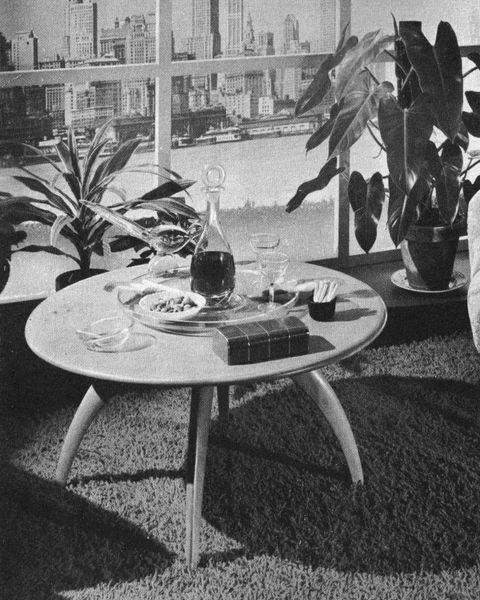
Heywood-Wakefield had its heyday in the 1930s through ’50s.
Courtesy Heywood-Wakefield
In Facebook groups, this obsession manifests through people sharing photos of their own spaces, displaying the wide range in taste of people who appreciate Heywood-Wakefield. (Though you might expect most users to be midcentury-modern fanatics, there are just as many homes with otherwise contemporary furniture.) Users share photos of pieces found for a steal at Goodwill or alert other members to deals on their local Craigslist or Facebook Marketplace listings. When someone asks for tips on identifying a specific piece, people answer using Heywood-Wakefield Modern Furniture, a 1994 “identification and value guide” for pieces produced by the company between the mid-’30s and ’60s, written, as the authors state in the intro, to address the lack of “reliable information” for Heywood-Wakefield collectors and dealers. Today, the online groups are a way of combatting that same lack of documentation from the company’s heyday, relative to other larger furniture manufacturers.
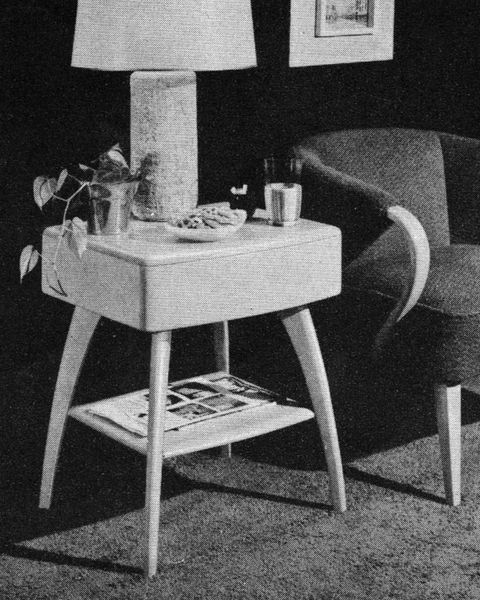
A 1950s catalog shows a room furnished with the M 166 Drop Leaf Table, as well as the M 154 A “Dog Biscuit” Dining Chair, which is among the company’s more popular midcentury pieces.
Courtesy Heywood-Wakefield
See the full story on Dwell.com: Inside the Tight-Knit Network of Heywood-Wakefield Obsessives
Related stories:

